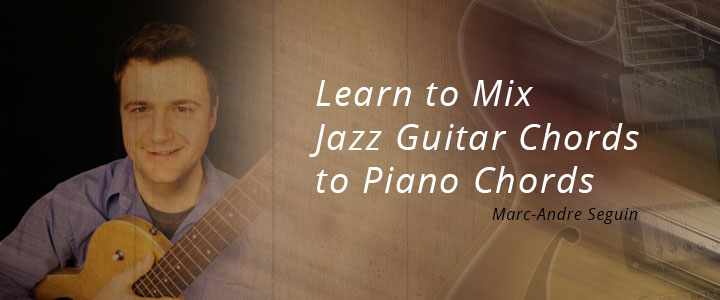This is my 50th year of putting out Play-A-Long records. I started in 1967 with Chuck Suber, who was the editor of Downbeat magazine. He said if you make an LP and a booklet, I will buy 100. So, I decided to give it a try. Fifty years later there are millions of people who have
played with them, and it has helped them. I never intended to put out more than one; I didn’t think there would be any need for more than one. We have 133 now.
I didn’t dream when I started that some of the Play-A-Longs would teach scales and chords. I learned along the way that students did not know their scales and chords. That was why when they played the blues, they had no idea what the were doing. We released a number of pedagogical ones, and I think these changed the way musicians practice. I think people realized that if I thought it was important then they should practice it. I hope the idea of playing whatever you want and letting your fingers go during an improvised solo has been reduced a bit. If the chord is a C chord, that is the basic scale students should play off of.




